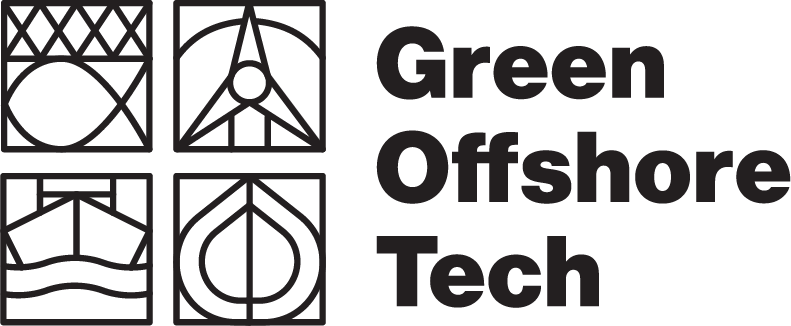Kiri in Composite Manufacturing
As a high-performance core material, Kiri is being introduced in sectors such as aerospace, marine, and automotive manufacturing. Its optimal strength-to-weight ratio makes it a prime candidate to replace heavier, and/or less sustainable materials while maintaining performance and durability.Especially as Kiri is moisture-resistant and very weatherproof.
A European and sustainable solution
Kiri grows worldwide and also in Europe. Its rapid growth leads to a very high carbon dioxide sequestration potential (the highest of all woods). Furthermore, Kiri grows on plantations and therefore does not interfere with forest ecosystems. This makes Kiri a very sustainable and renewable material, especially for core materials. Its European origin also ensures a stable and environmentally friendly supply chain for industries that use wood-based core materials.
A substitute for traditional Woods
Kiri is an excellent substitute for traditional core materials like Balsa and foams. Kiri is offering comparable strength-to-weight ratios, but with less resin uptake and with a higher resistence against water and humidity. The high flash point of Kiri (approx. 420°C) also makes it insensitive to heat. This is a great advantage in the production of composites, especially when working with high-temperature resins.
Future applications of Kiri in composites
With its versatility, Kiri is not only an ideal core material for today's technology but is also poised to shape the future of sustainable innovation. Industries that focus on eco-friendly practices and lightweight composites will find Kiri indispensable as they scale towards greener solutions.

This SME Innovation Project has received cascade funding from the European Union’s Horizon 2020 research and innovation programme under the GreenOffshoreTech project and Grant Agreement No 101005541.



